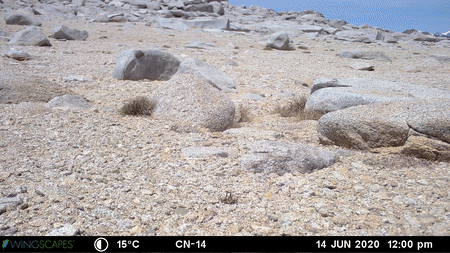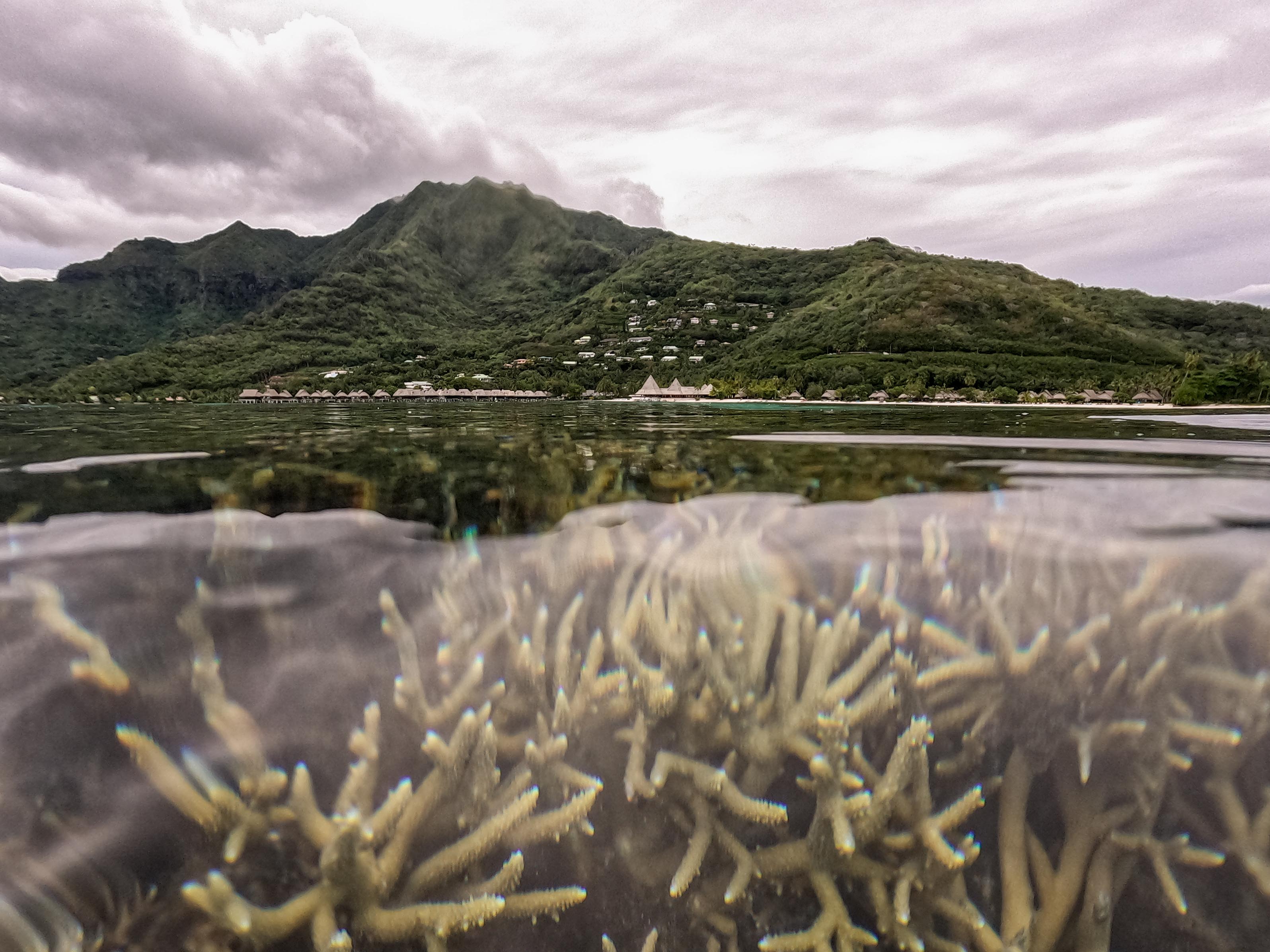For a complete list of my publications, refer to my Google Scholar page, and for more detail on selected work, check out the links in the Research dropdown menu above.

My research explores relationships among climate, landscapes, and communities, and reveals how people modify their interconnections. I combine detailed field observations with remote sensing data (i.e. satellite, drone, and time-lapse cameras) to look at long-term processes in hyper-speed. I’m particularly interested in the way that ecological patterns unfold across spacetime. At the end of the day, I like to study things like seasons, movement, and change.
Currently, I’m investigating land-sea connections in tropical coral reef ecosystems. This involves a lot of high-res satellite pictures that can be used to identify where and when deforestation and development occur. By pairing land use maps with weather data and in-situ water sampling, we can measure the extent to which rainwater runoff transports sediments and nutrients into the lagoons where corals live. Since corals and their symbiotic algae can be sensitive to sedimentation and nutrient pollution, understanding how humans use landscapes upstream of reef ecosystems will help inform coral reef conservation efforts. We have found that rivers in watersheds with extensive deforestation have higher nutrient and sediment loads and that lagoon habitats closer to shore and near cleared watersheds have increased land-based organic matter and higher nutrient stocks, leading to divergent planktonic microbial communities.

During my PhD, I used time-lapse and satellite pictures to better understand Sierra Nevada bighorn sheep migration and movement ecology. Using time-lapse images of plants across the range of Sierra bighorn, I tracked where and when different forage species were available, as well as where and when snow cover precluded food availability. I also paired bighorn sheep movement data (collected using GPS collars) with time-lapse and satellite images to identify how their movements might be affected by changing environmental conditions. Bighorn can be hard to find in their preferred habitat - steep slopes with loose rocks - so GPS tracking collars were super useful for understanding their movement. Check out some footage of this elusive, endangered species in early spring, 2022:
In the past, I have contributed to work ranging from molecular biology to archaeology, but nowadays my work pretty much focuses on ecological responses to global change.

“Where am I?” said Billy Pilgrim.
“Trapped in another blob of amber, Mr. Pilgrim. We are where we have to be just now – three hundred million miles from Earth, bound for a time warp which will get us to Tralfamadore in hours rather than centuries.”
“How – how did I get here?”
“It would take another Earthling to explain it to you. Earthlings are the great explainers, explaining why this event is structured as it is, telling how other events may be achieved or avoided. I am a Tralfamadorian, seeing all time as you might see a stretch of the Rocky Mountains. All time is all time. It does not change. It does not lend itself to warnings or explanations. It simply is. Take it moment by moment, and you will find that we are all, as I’ve said before, bugs in amber.”